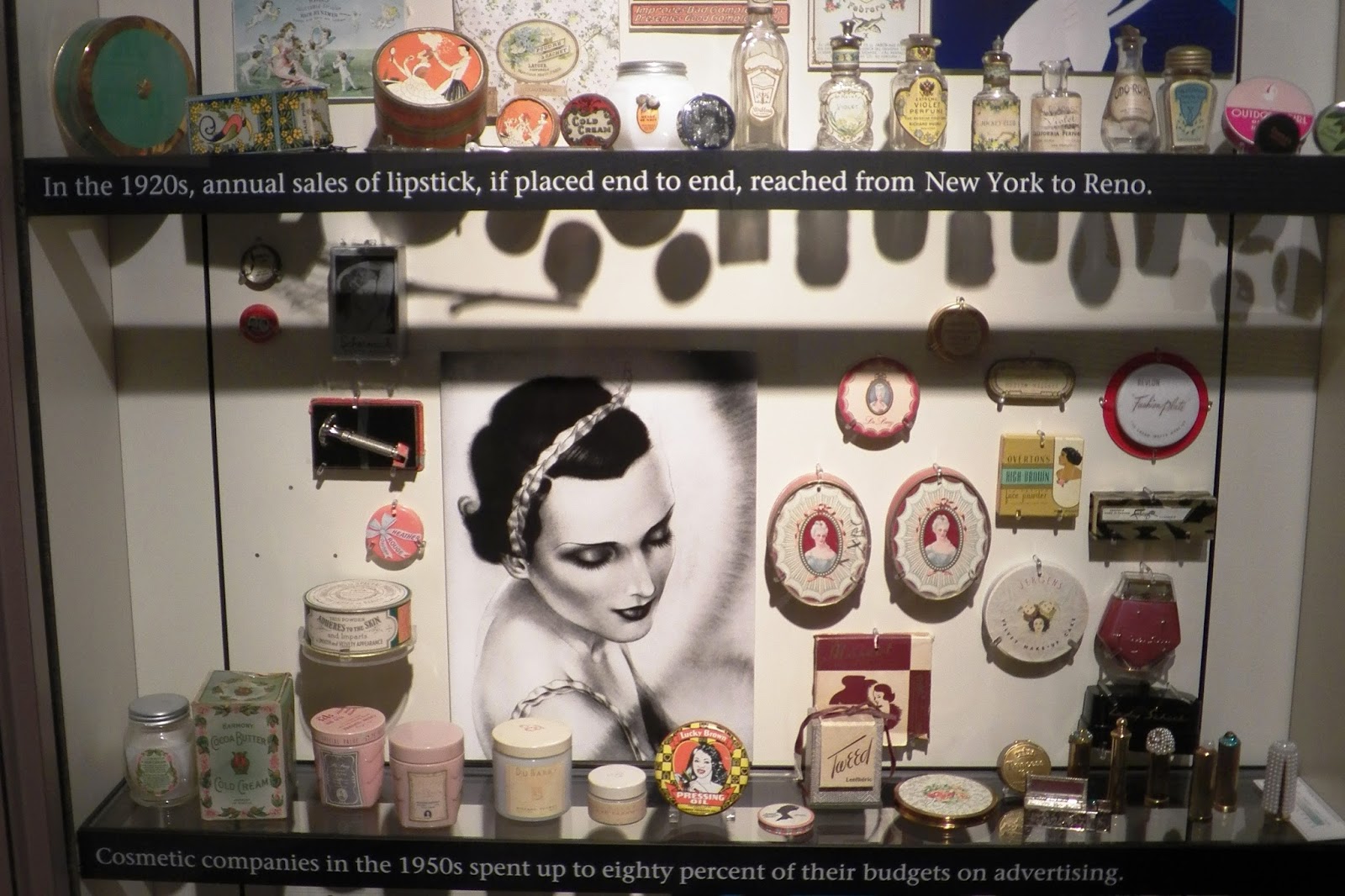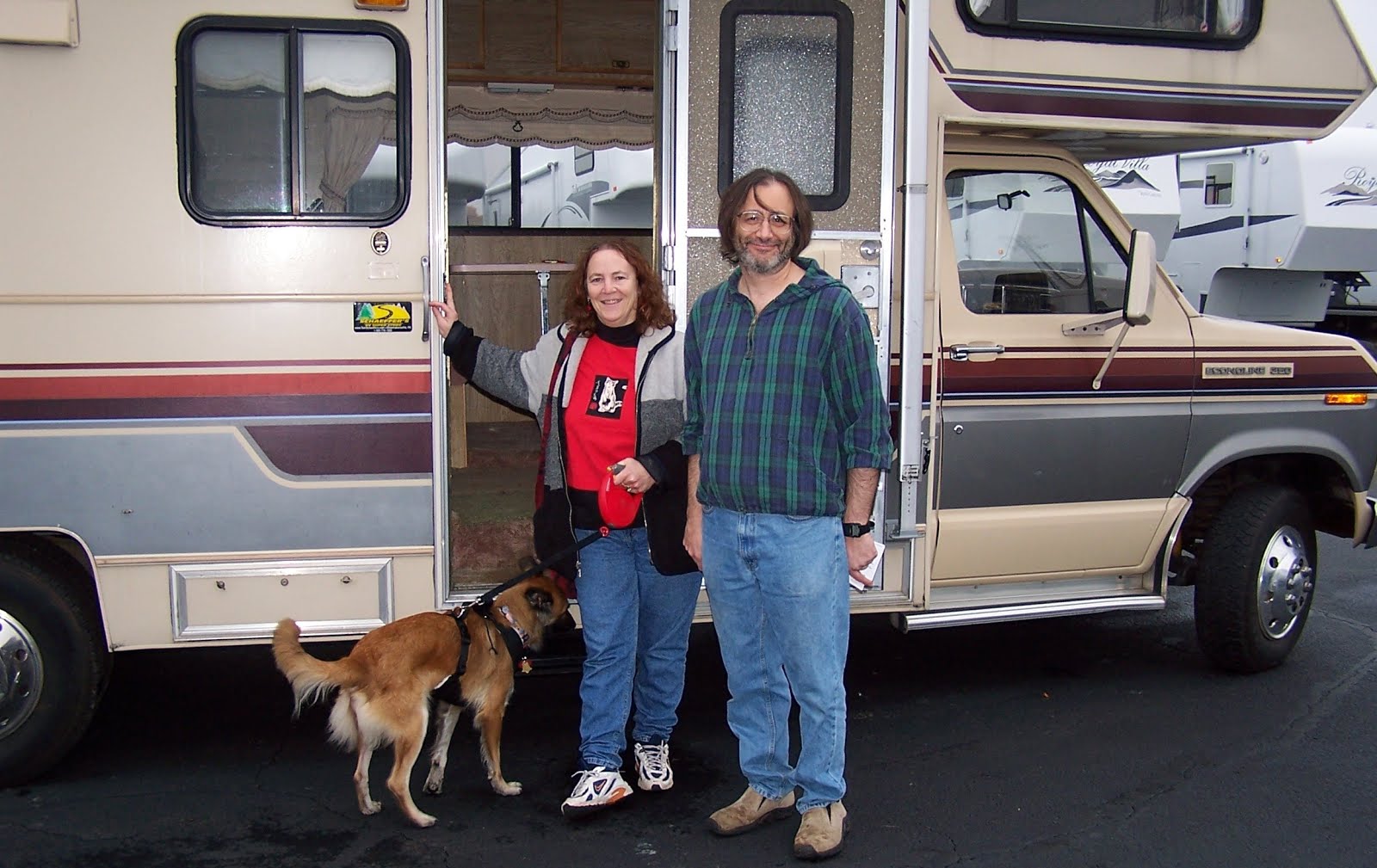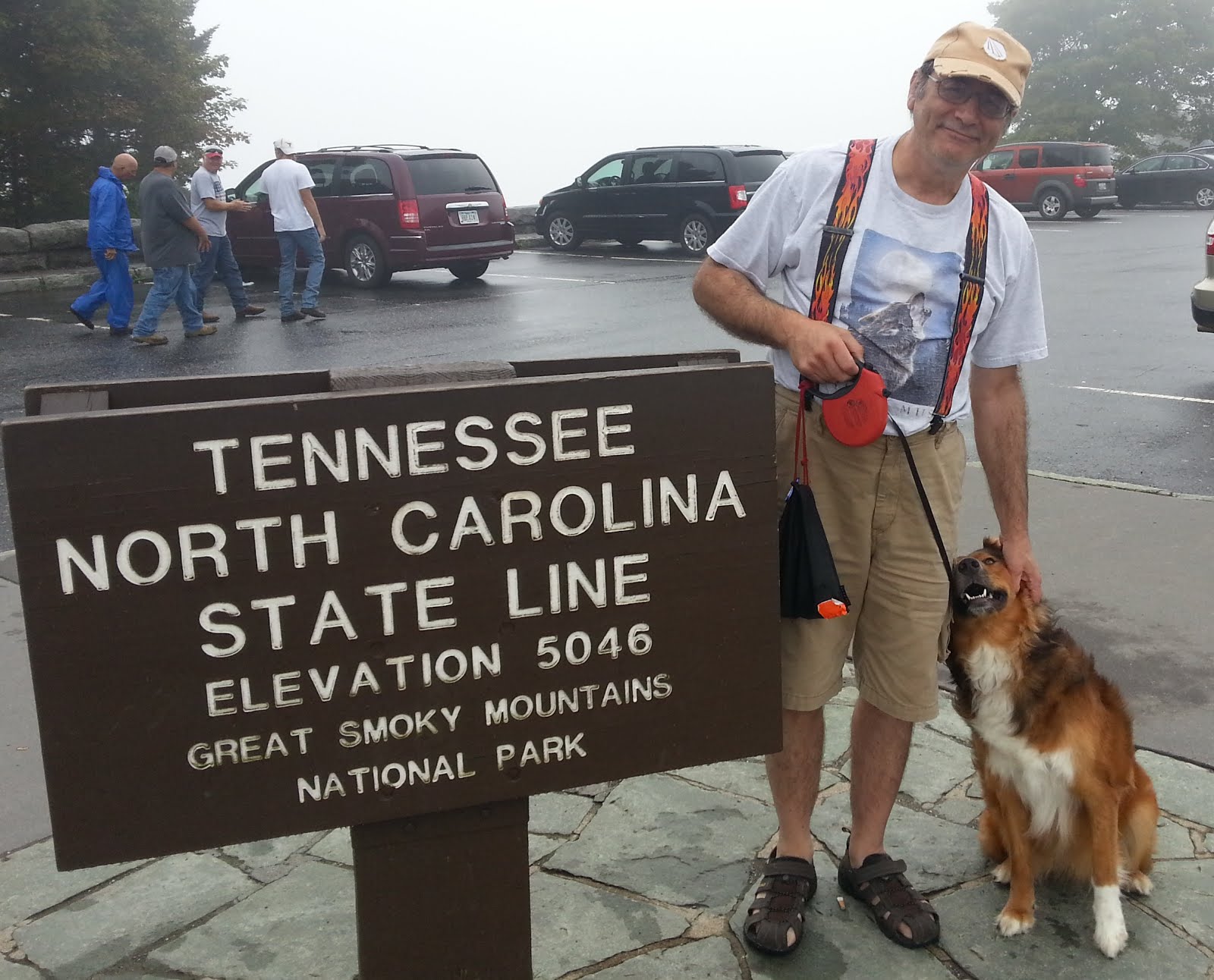Thursday, August 29, 2013
We have had a really wonderful and memorable anniversary
today! We woke up to haze and wondered whether it would really be kayaking
weather, but it was all burned off by mid-morning. We went directly to Locks
2&3 of the Seneca-Cayuga Canal. We were the only ones there besides the
lockmaster. We pumped up our kayak and dropped it into Van Cleef Lake right in
front of the locks. We paddled a little bit, then called up the Lockmaster on
my cell phone and said, “Drop us down, please!” There is a 49-foot difference
between the height of the lake and the canal below.
 | |
| Our view of the lock gates--Samantha is in the background |
Soon enough, the doors of the lock slowly opened and we
paddled into Lock #3. We used a bungee cord to tie the kayak against the wall
so we wouldn’t drift around inside the lock while the water level went down. It
took about 10 minutes or so—we watched the walls go higher and higher above us.
It is a much different feeling in a kayak than it was in the boat in
Lockport—we are really just sitting on the surface of the water. It was very
cool!
 |
| Joe taking the bungee off the rope after we dropped down |
 |
| We head toward the open doors--another boat is waiting to take our place in the opposite direction |
When the lock opened, we saw that there was a boat in Lock
#2. He very slowly moved in next to us as we paddled past him, and we switched
places. Then we tied up again, and were lowered down to the level of the canal.
The doors opened again and out we paddled, past yet another boat and some folks
fishing on the side of the canal just past the lock. More paddling, and we were
completely alone on the canal—there was just nature on either side. One more
boat did pass us going toward the locks, and we moved out of its way and waited
for it to go by. Then we kept going downstream. We found a stream flowing into
the lock and went in to explore it a little bit, and we saw a huge bird (I
think it was a heron) which flew over the water and landed in a tree, posing
for me so I could take its photo. It was SO QUIET out there, and we spent a lot
of time just floating there drinking in the solitude. Totally lovely!
We finally went back to the lock, and had to wait a bit
before the doors opened—when we called, the Lockmaster told us he had a boat
coming toward him on the other side, and he was going to drop that boat down to
meet us. Sure enough, the gates finally opened, we paddled in (such a cool
feeling to paddle into the lock!) and when we got up to the next level, there
was a largish boat coming toward us. Again we passed each other carefully
before we finished our rise back up to the lake level. Then we paddled back to
the dock and pulled ourselves and our kayak up onto it. Wow! What an
experience!!
We were hungry after that (it was 1:30 pm) and also Joe had
to make a few phone calls. So it wasn’t until around 3pm that we started
driving. We really had no idea where we were headed exactly, only “east” was
pretty much it! So we got back on Route 20, the road which had taken us through
the northern end of the long Finger Lakes. I looked for a campground that was
about halfway to Caroga Lake, where we have reservations for Friday and
Saturday night. On the way we stopped in Skaneateles, a charming town right on
the northern tip if the lake of the same name, and enjoyed the waterfront a
little bit.
We drove on from there, now heading to Oneida Lake State
Park. On the way we passed right by Chittenango State Park. I knew there was a
nice waterfall there, so we pulled in. Sure enough, the waterfall was GORGEOUS.
The park overlook was at the top, so we (including Roxy) hiked the quarter-mile
down a steep path to see it from the bottom as well. It was really beautiful.
From there it was only 20 miles to Oneida Lake. There are
only 48 campsites here, but we were so lucky—we got one just off the shore of
the lake. It was already after 7:00, and
we sat on a bench at the lakeside watching the sun set. There was a lovely
breeze and we just enjoyed the view and the sailboats in the distance until the
sun completely disappeared. It was the perfect end to a very special and
memorable anniversary day.
 | ||||||||
| Our campsite. The lake is right beyond the trees. |




























